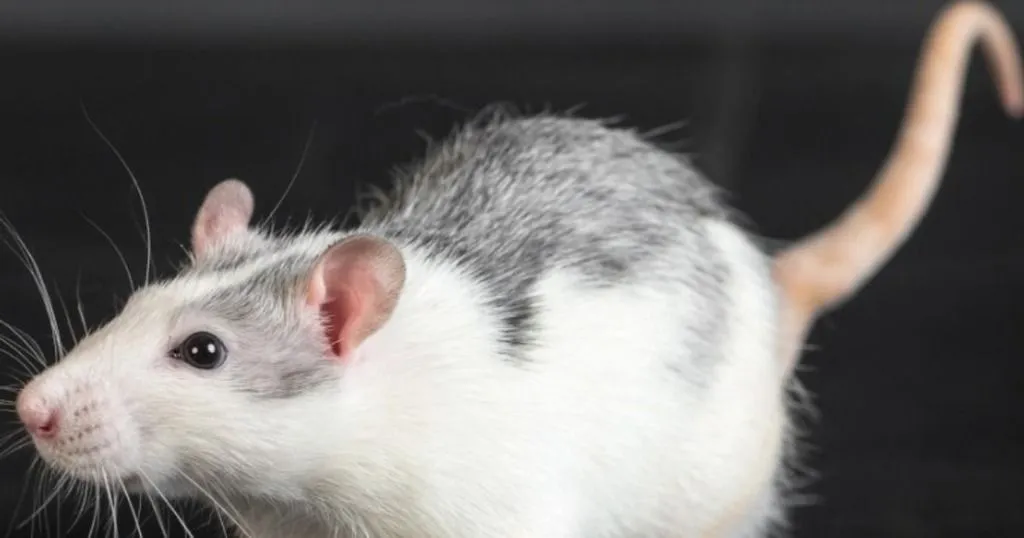True or false? 10 statements about gait research in rodents
There are many ‘facts’ going around about rodent gait research tests and systems. How well they work, drawbacks, what they can and cannot measure. In this article, we get some of the facts straight.
Posted by
Published on
Thu 11 Aug. 2022
Topics
| CatWalk XT | Gait | Gait Analysis | Mice | Rats |
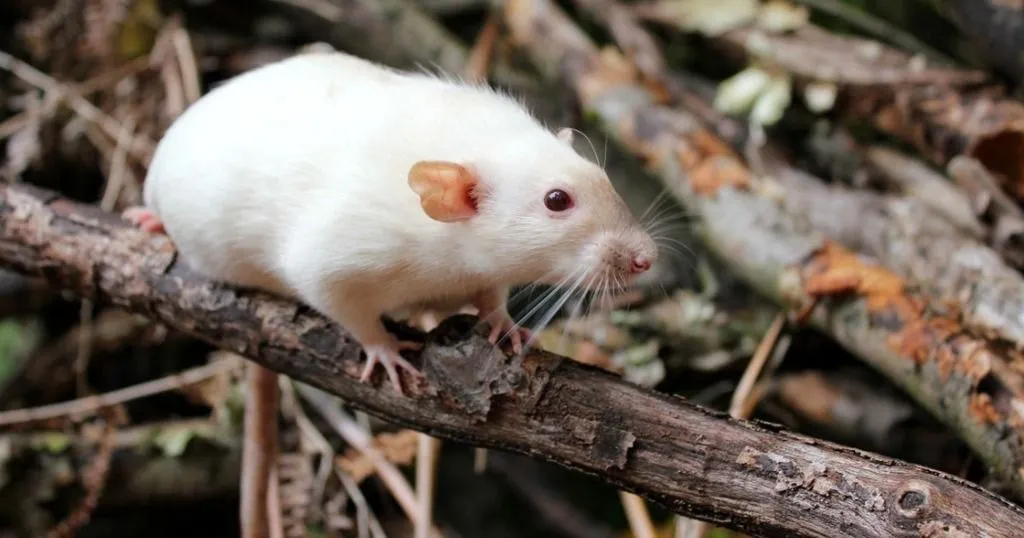
There are many ‘facts’ going around about rodent gait research tests and systems. How well they work, drawbacks, what they can and cannot measure. Jason Rogers is an expert in this field, and in this article, he helped me get the facts straight, so you can, too.
Measuring gait in rodents is important
True. Of course it is! (You knew that.) Locomotion is a major behavioral endpoint that has important applications in many fields of research.
Changes to locomotor behavior, measured by the rat’s or mouse’s gait, can be affected due to age, genetic variation, or from changes within the central nervous system, peripheral nervous system, or from the muscles or bones themselves.
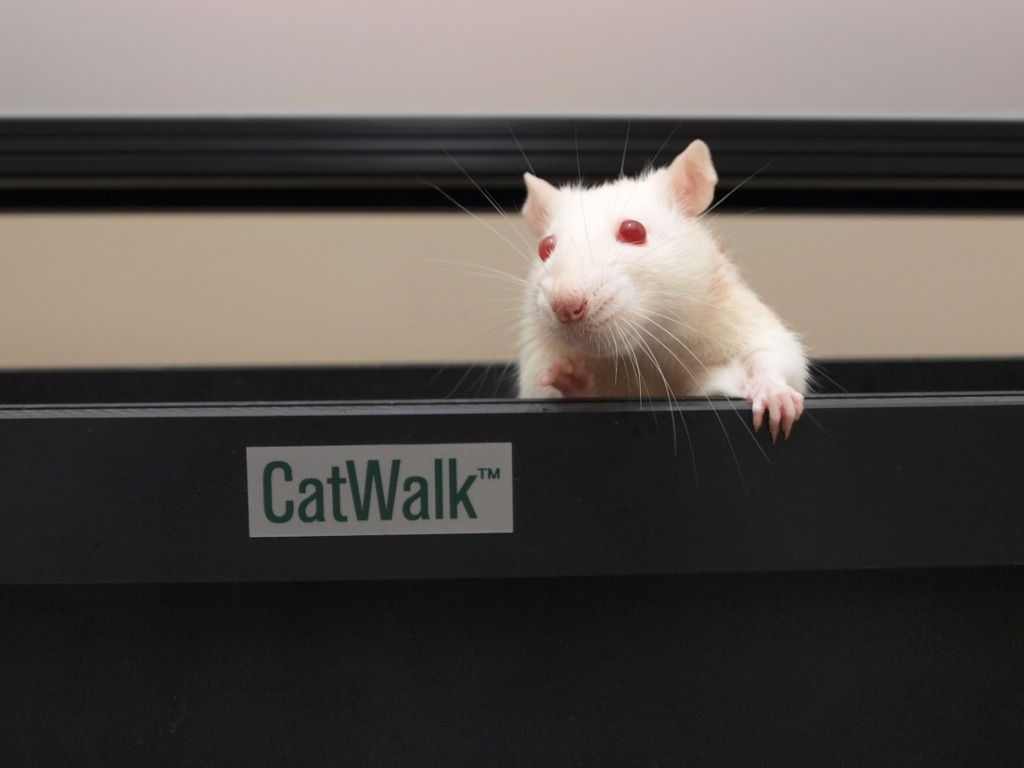
Measuring gait should be done with ink and paper
False. Observational scoring is traditionally done with ink and paper or the BBB method (Basso, Beattie, and Bresnahan invented this scale for open field locomotion). And of course, we all know the running wheels.
But research has evolved and automated methods offer an objective and effective way to gather an abundance of parameters.
Abundance of gait parameters
That is actually one of the major advantages of automated systems: the volume of data produced. Most commercially available systems provide over fifty parameters, such as stand time, swing time, swing speed, base of support, print length, width, & area, inter-limb coordination (phase dispersion), regularity index, and cadence, for example.
This is important, because a rodent’s gait is a complex process and it is important to offer many parameters to accurately describe the locomotor patterns displayed.
Manual methods are cost-effective
True. They can be. Ink and paper are cheap. With this classical test from the late nineties you just ink up the paws with some India ink and let the animals run over a piece of paper.
But it’s messy, you have to measure everything manually, and you cannot use temporal parameters. Making sense of this data can be a challenge.
Automated systems are difficult to master
True and false. It depends on the system.
Literature reports that treadmill systems (such as TreadScan) can be quite difficult to master, meaning novice users have a more difficult user experience. It is also more difficult to maintain uniform lighting and to keep clean. Literature also reports that about 45% of the data could be reproduced.
Free-walking systems such as CatWalk XT work differently. Our CatWalk XT system is turn-key and experience with our customers says it is easy to learn, use, and keep clean.
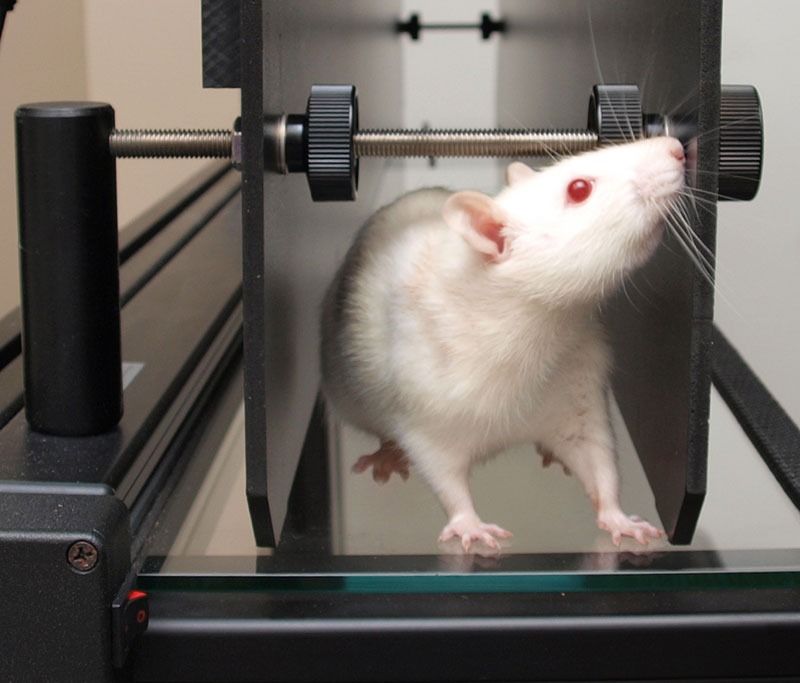
You need to set the speed for good data
False. The assumption here is that you need to have all animals walk the exact same speed to be able to compare data. We respectfully disagree.
There are basically two types of systems: free-walking or treadmill-based. The main advantage of free-walking systems like CatWalk XT is that the animal is allowed to move at a speed that its gait or endurance will allow. If you force a certain speed, you might miss an important gait phenotype.
Forcing a speed might also cause the animal to move up and down the treadmill, jump, or limp in order to keep up, possibly introducing gait artefacts.
Adjusting for speed
The CatWalk XT software does allow you to adjust for speed and speed variation. It also has a setting that requires the animal to maintain a consistent speed in order for that run to be compliant. This means that the animal cannot go slow and then speed up and then slow and then speed up. It has to be consistent throughout each run.
Additionally, the design of the walkway is such that the animal is motivated to walk in a straight consistent line. Read more about this in this blog post.
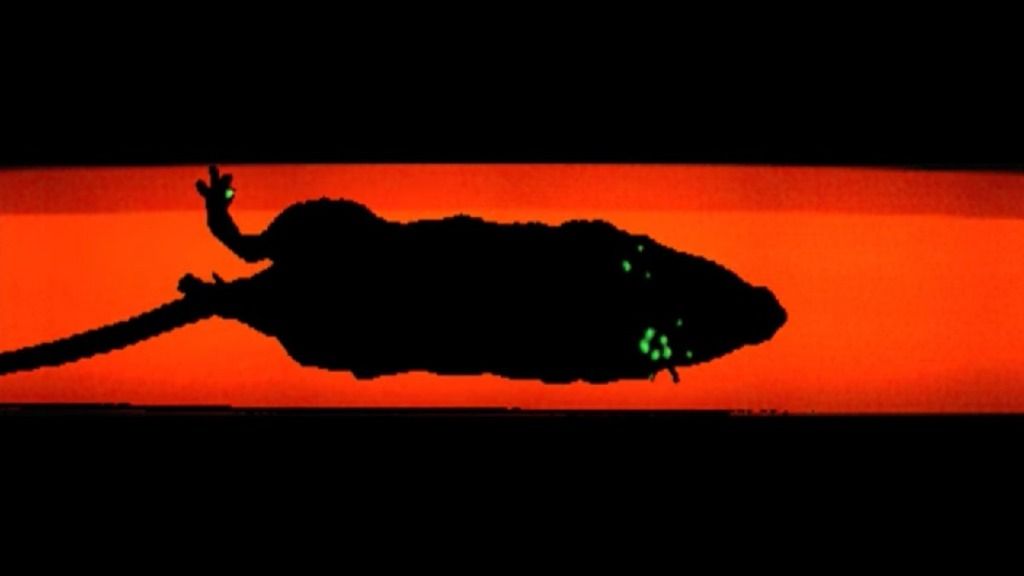
Free-walking systems struggle with paw-dragging
False. At least for the CatWalk XT method. As long as the animal makes contact with the walkway, you are going to generate data.
Dragging a paw means you have nothing but stand data (no swing), but you will have data nonetheless. In addition, you will have data for the other three paws compensating for the damaged limb.
One drawback manufactured by other systems is in the speed of the animal. While treadmill systems claim that maintaining consistent speed is their primary advantage, that’s not always the case.
Did you know Jason Rogers recently presented a webinar with these and many other comparisons between different kind of gait analysis systems? If you are interested in finding out what the differences are, and what would suit your research, this might really help! You can watch the on-demand replay of the webinar here.
The CatWalk XT method measures foot pressure
False. It is important to note that CatWalk XT measures intensity of light and not pressure.
The light intensity is measured on grey scale values. The Detection Settings within the software calibrate the green and red light voltages to ensure equal paw intensity throughout the experiment.
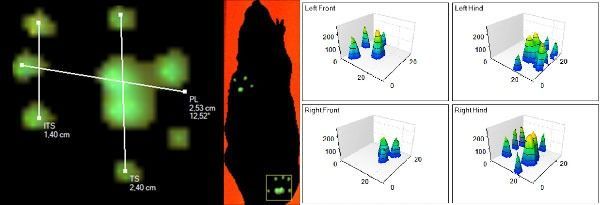
Illuminated Footprint technology
The Illuminated Footprint technology works like this: Green LED light is internally reflected inside the glass walkway. The contact of a paw on the glass surface allows light to escape because the paws have a higher reflective index than the glass. The paw reflects the light towards the camera underneath the glass plate.
CatWalk XT automatically detects the green light ‘blobs’ (paws) in the video. The Automatic Footprint Classification Module assigns the blogs as paws (right front, left hind, etc.) based on the direction of movement and the type of rodent (rat vs mouse).
The surface area and XY position is calculated 100 times per second. The animal’s body contour is created by the red-illuminated ceiling. From there, CatWalk XT automatically creates relational footprint information, such as stride length, base of support, and print positions, along with temporal footprint information, such as cadence, step sequence, regularity index, phase dispersions, stand, swing, max contact, etc.

All those gait parameters are overwhelming!
True. For some. But we have each parameter described in full in the manual. In many cases, the exact formula is shown along with a publication to support it.
CatWalk XT parameters
CatWalk XT provides data on the individual paws, the single runs, and overall trials. The software allows you to choose the parameters most relevant for your research. All of these parameters are calculated per paw, as well as the front and back paws: initial stand time, stand time, stand index, max contact (time, area, intensity), X & Y position, print length, print width, print area, mean intensity, swing speed, stride length, step cycle, duty cycle, phase dispersions, base of support, cadence, step sequence, percent time standing on a single paw, two paws (diagonal, girdle, or lateral), three paws, and four paws. If you have the Interactive Footprint Classification Module, you get the Sciatic Functional Index, Peroneal Functional Index, Posterior Tibial Functional Index, toe spread, intermediate toe spread, and paw angle. I’m sure I missed a few more.
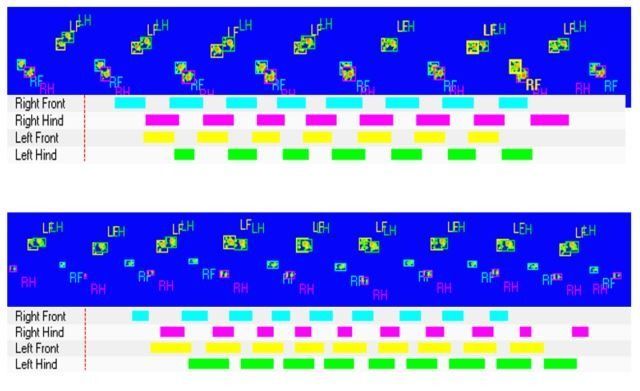
Automated systems offer great visualizations
True. At least CatWalk XT does!
First you have the run video itself. This provides a replay of the animal’s run with the classified footprints at an adjustable speed.
In addition, three separate visualizations show the paw and run information in a two or three dimensional plane. These visualizations may be exported as image files or along with the run video itself into a separate *.avi file. These are perfect for lab meetings, presentations, and defenses!
CatWalk XT is the most cited system
True. (Yay!) With over 2,400 publications using CatWalk XT, it has six times more than any other gait system available.
Interested to learn more? News-medical.net posted an interview with Jason Rogers, or watch the on-demand webinar on treadmills and free-walking systems for gait analysis.
Related Posts
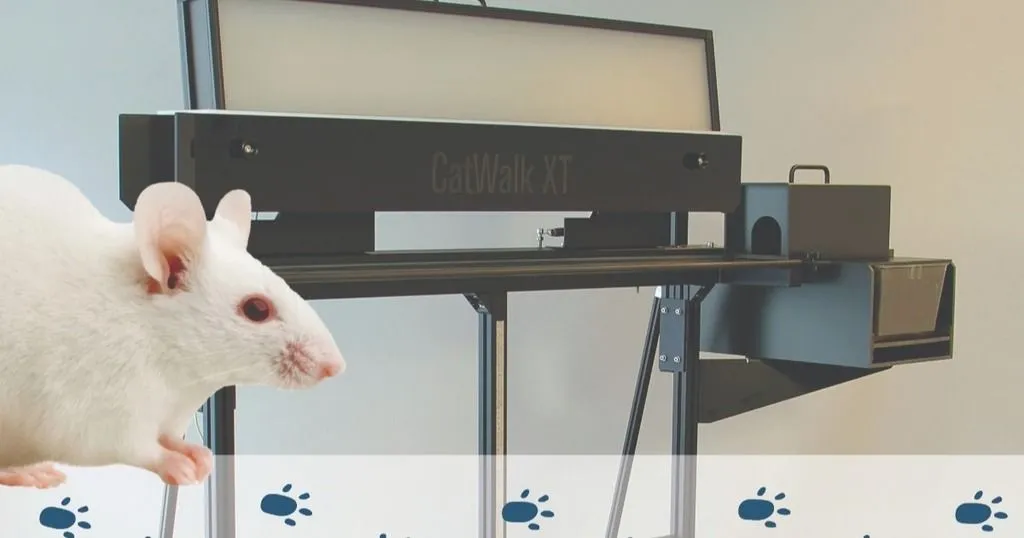
3 ways to use rodent gait analysis in CatWalk XT
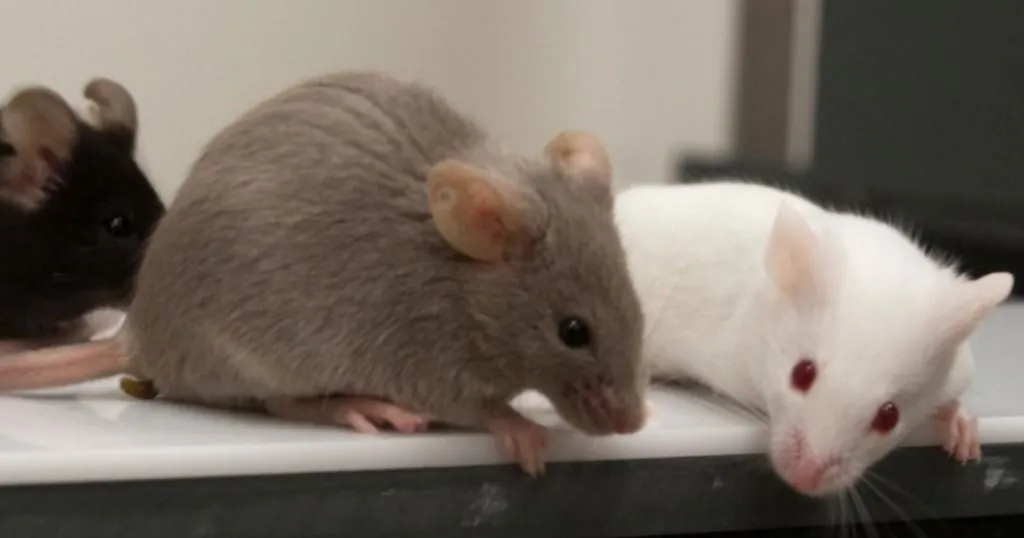
Gait recovery and other effects: treatment of cervical myelopathy
